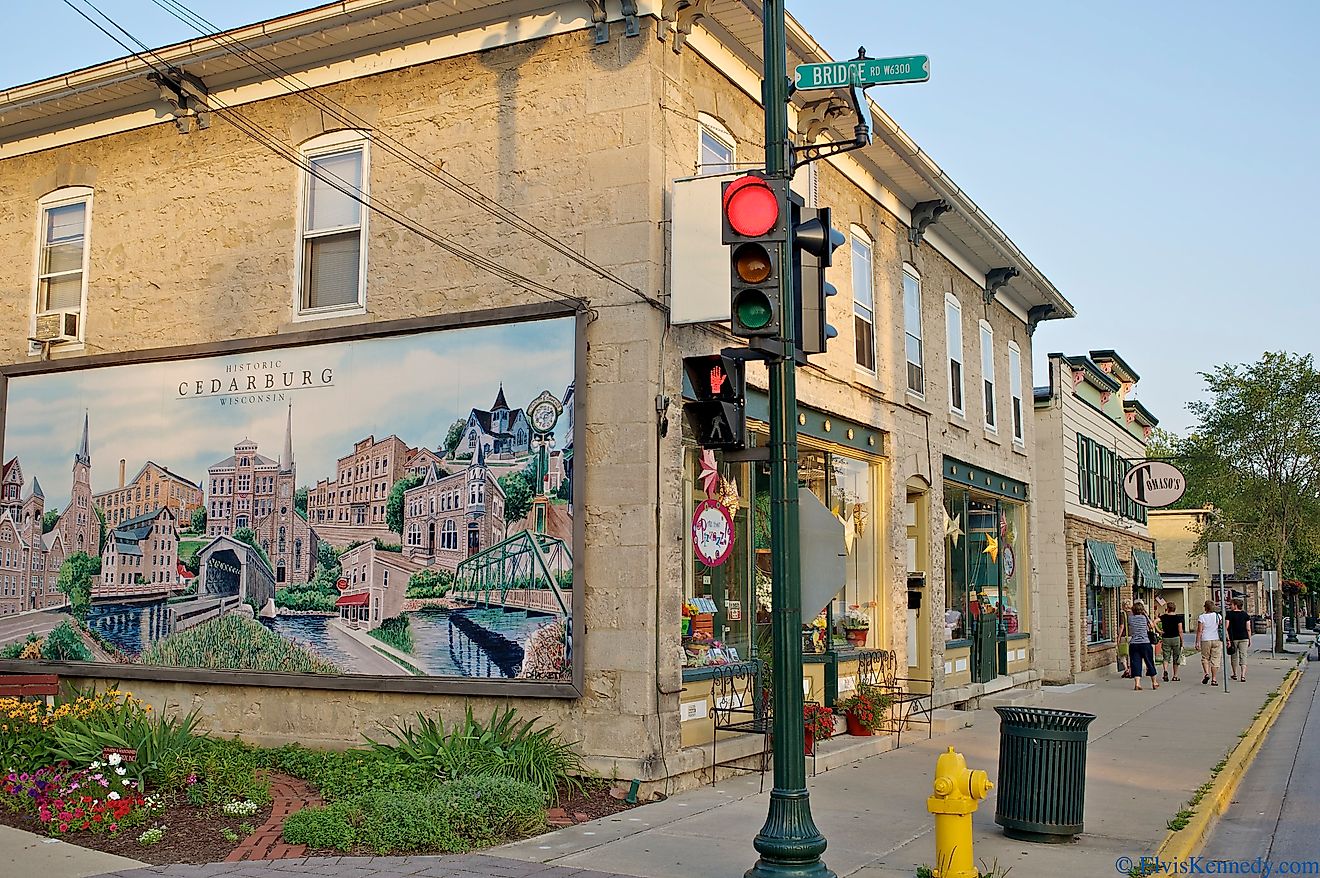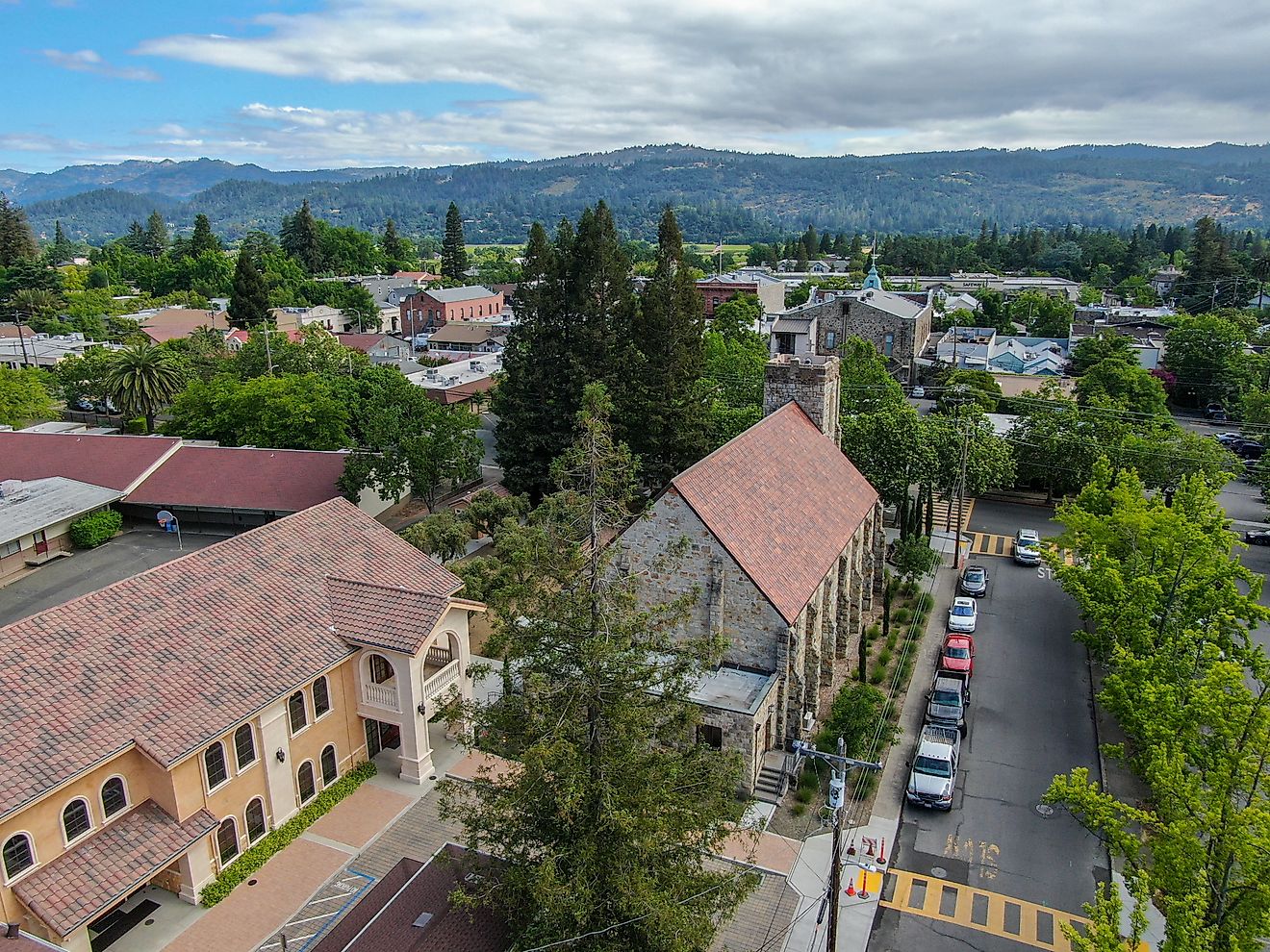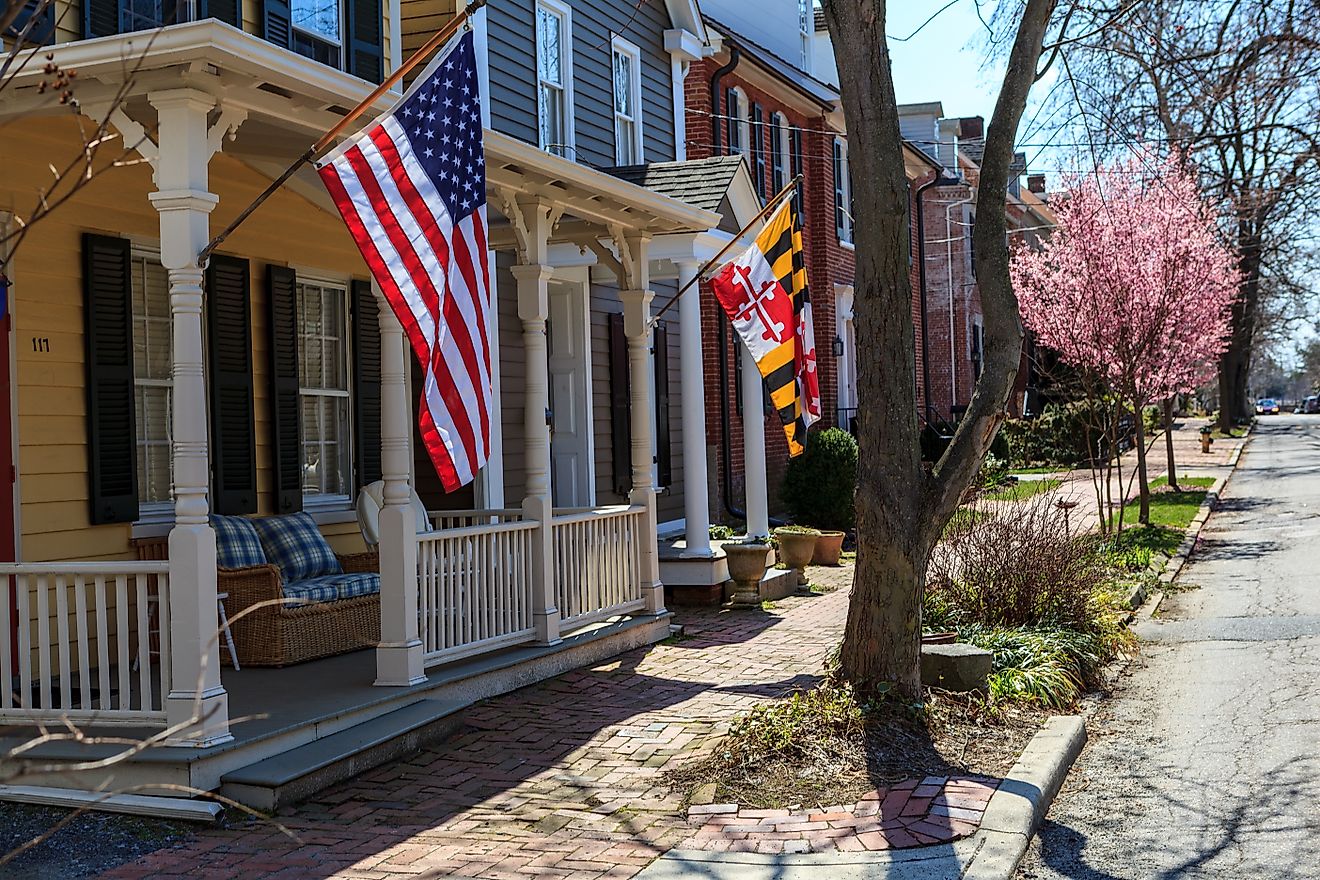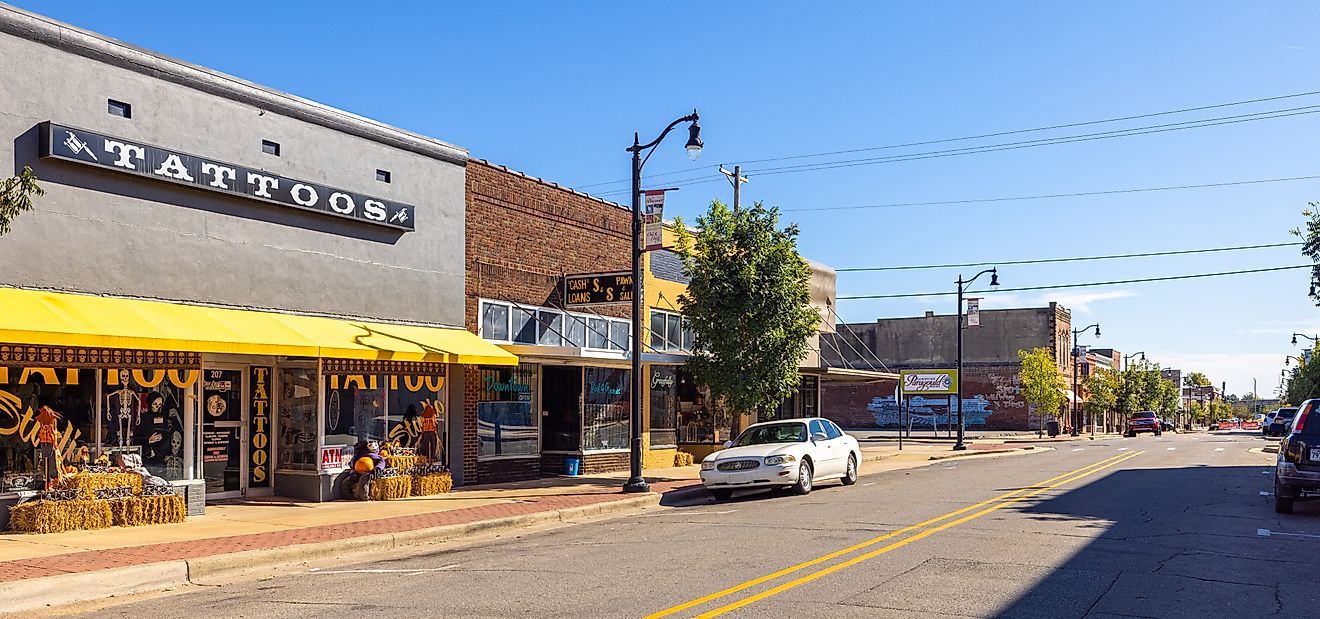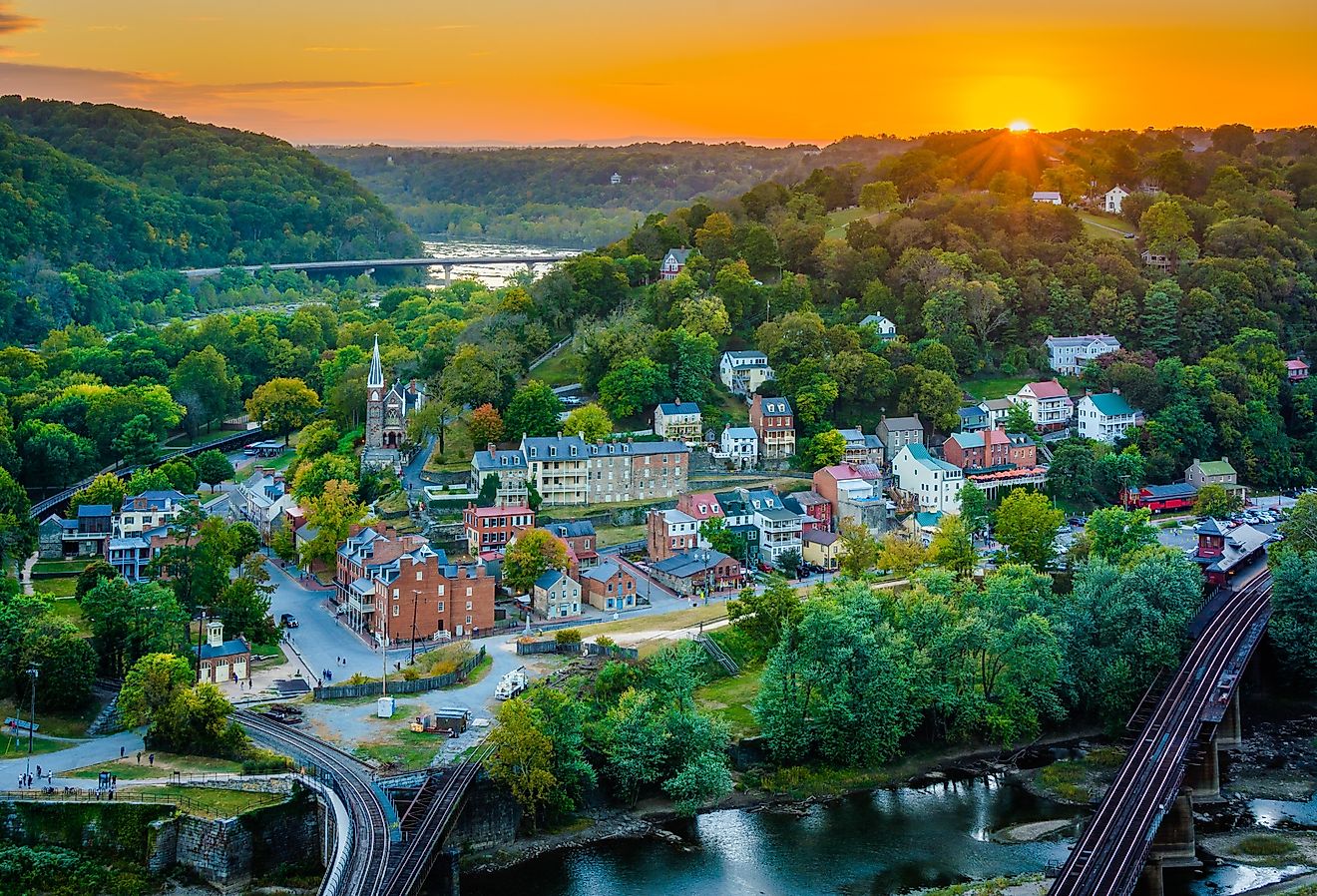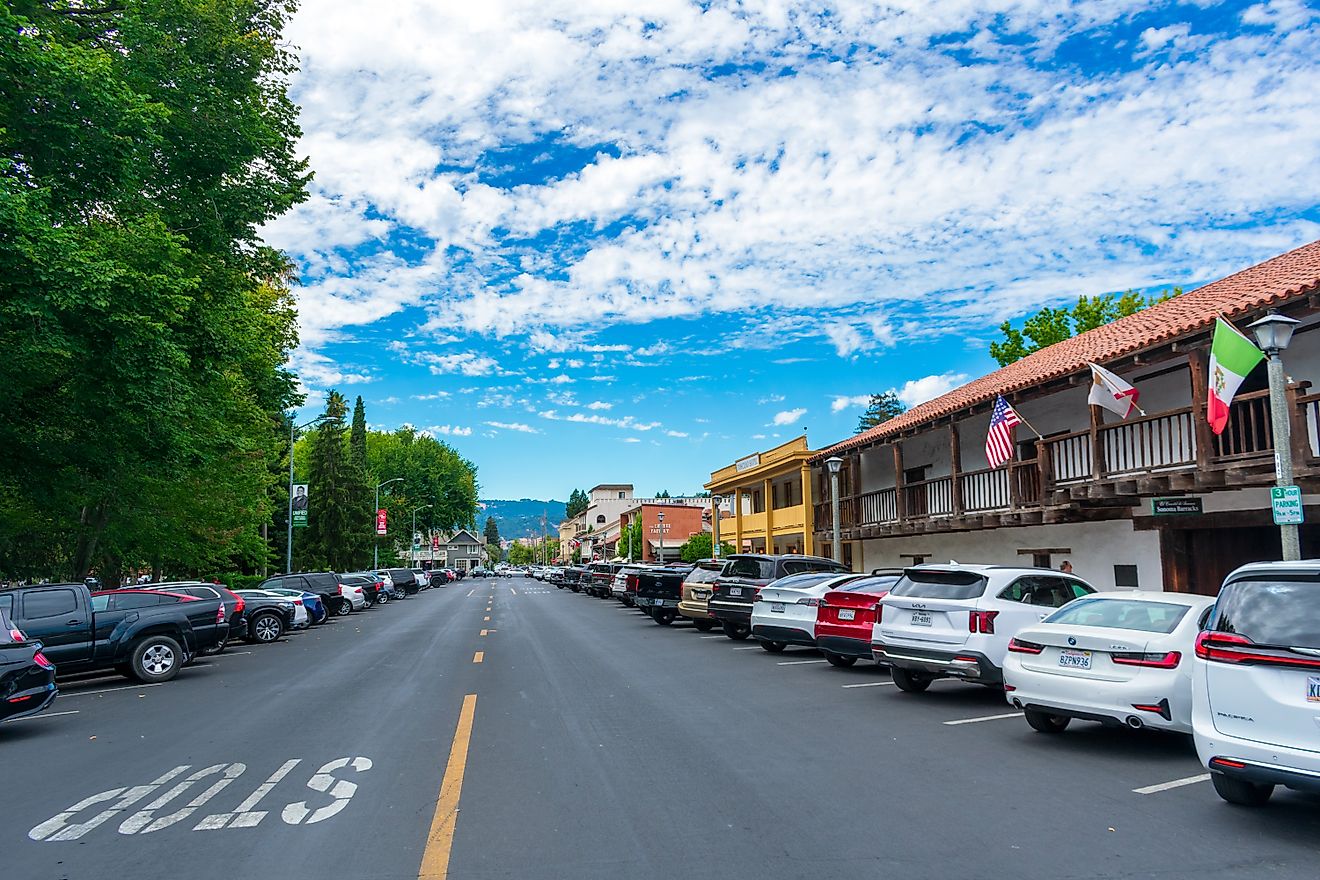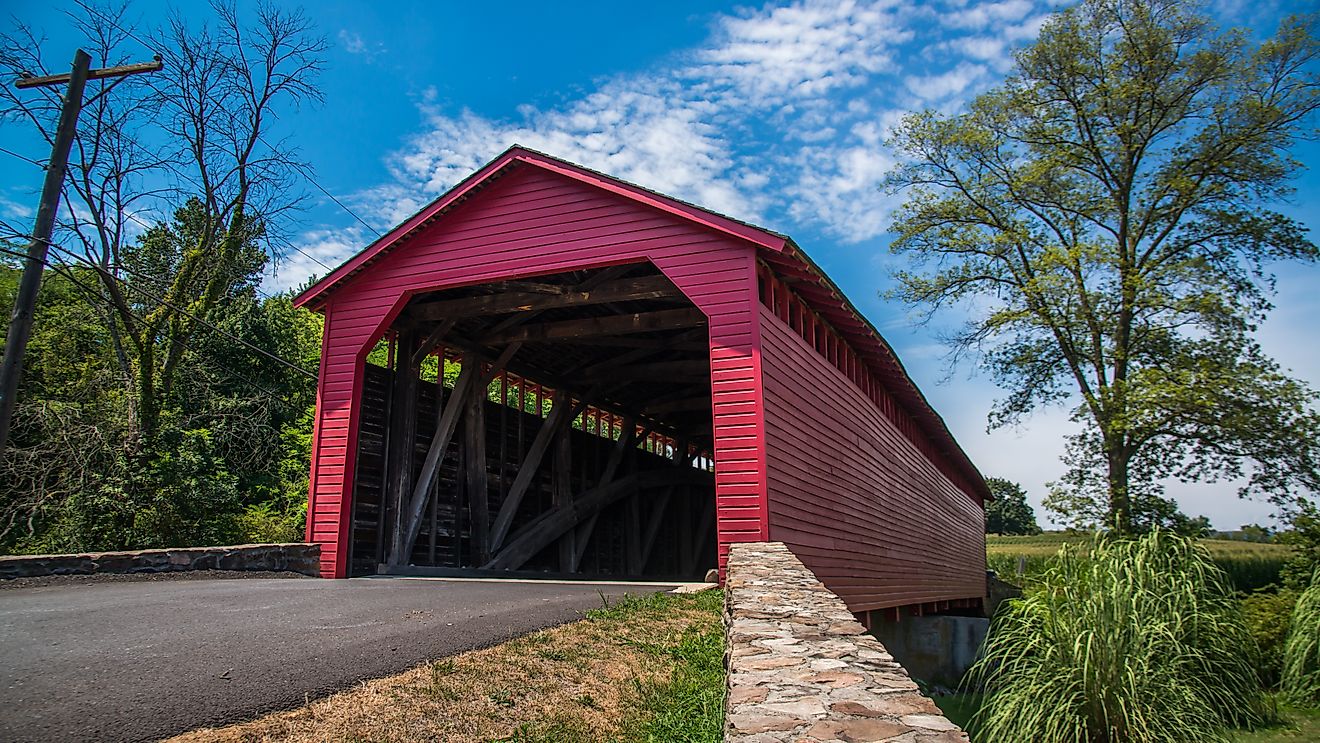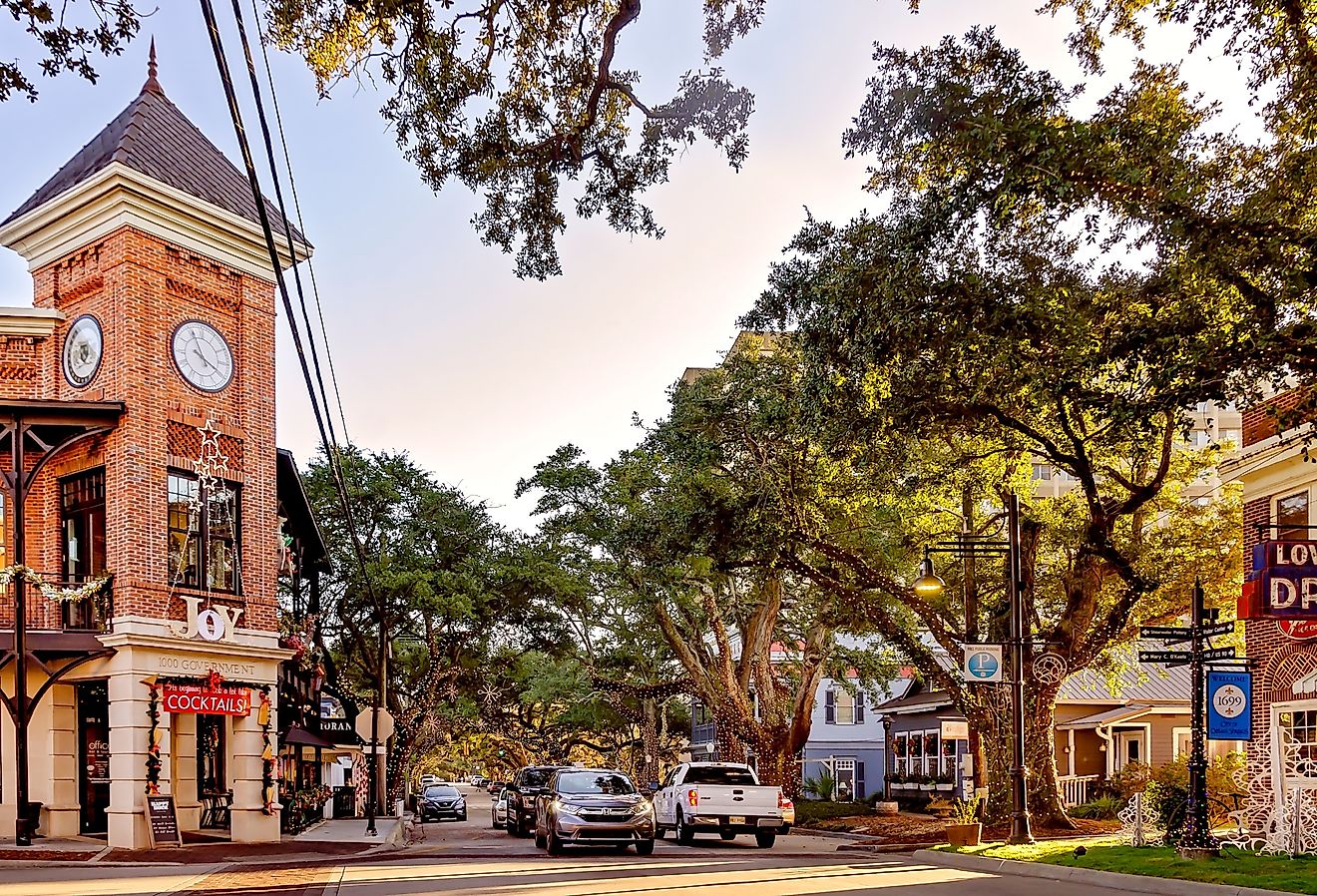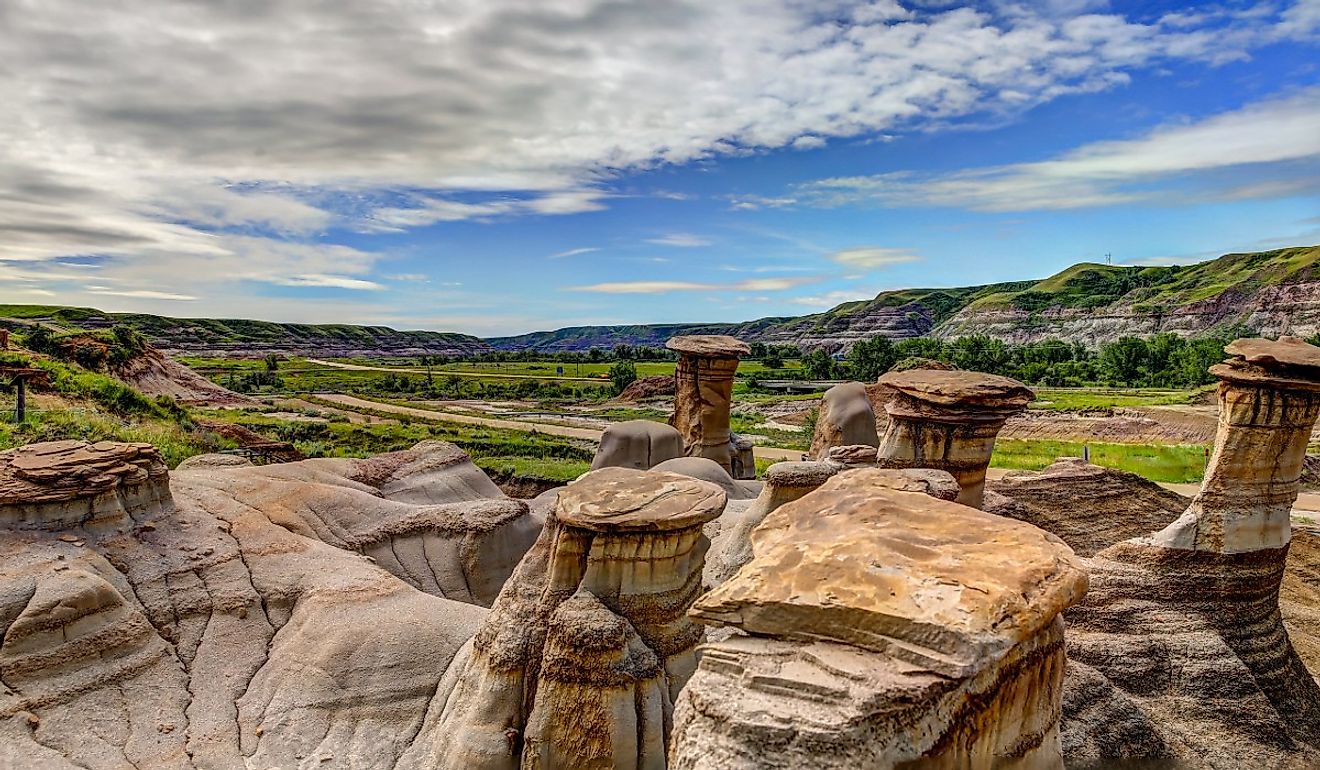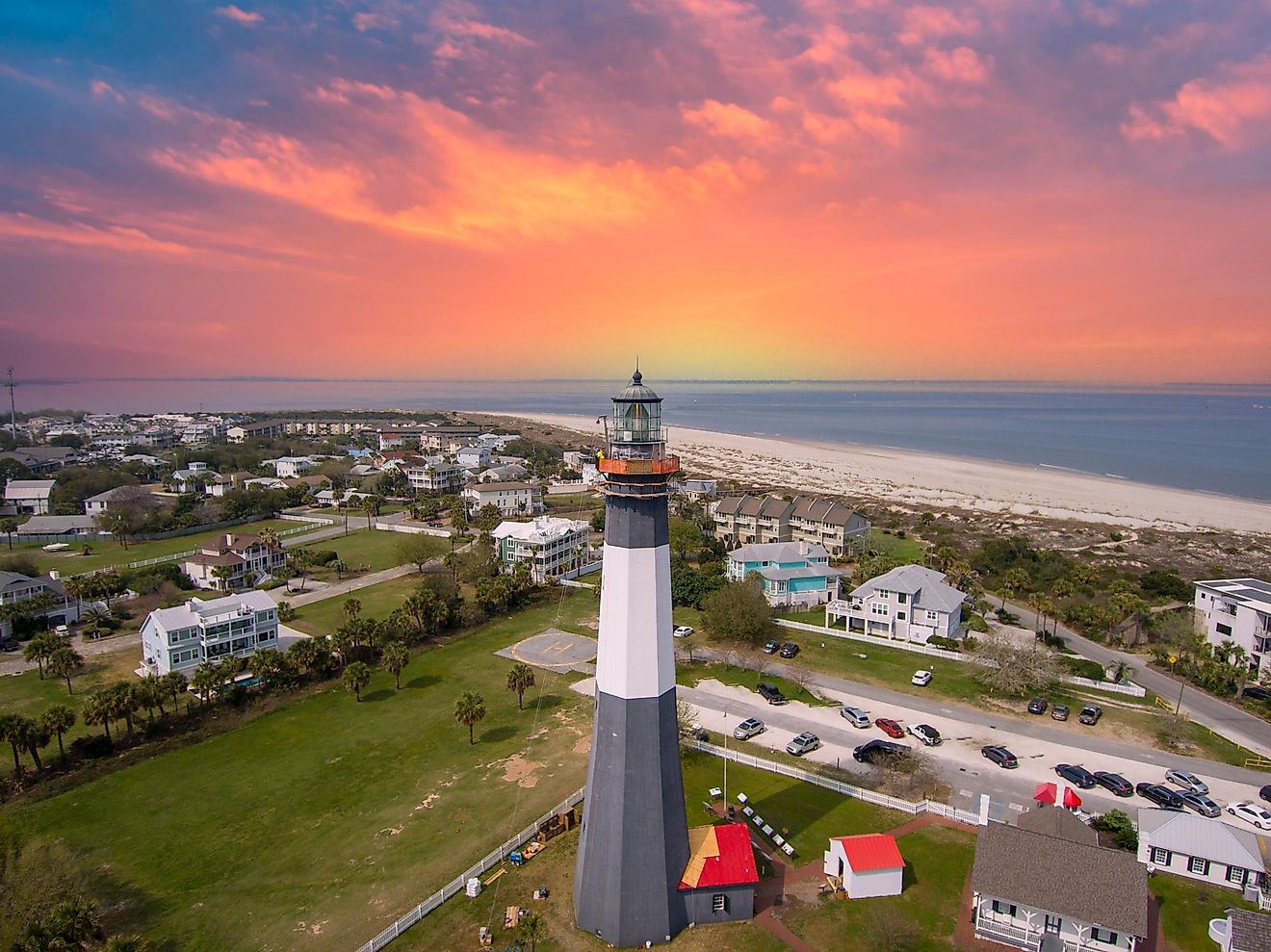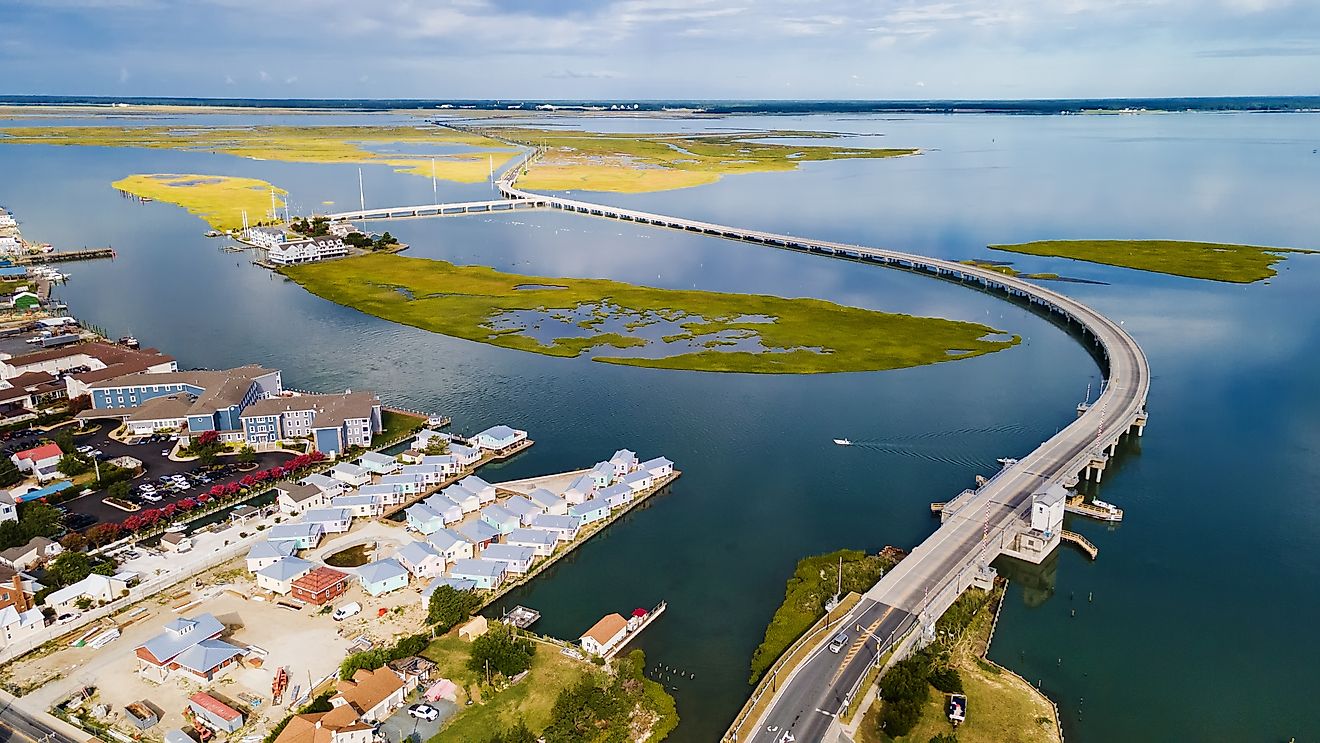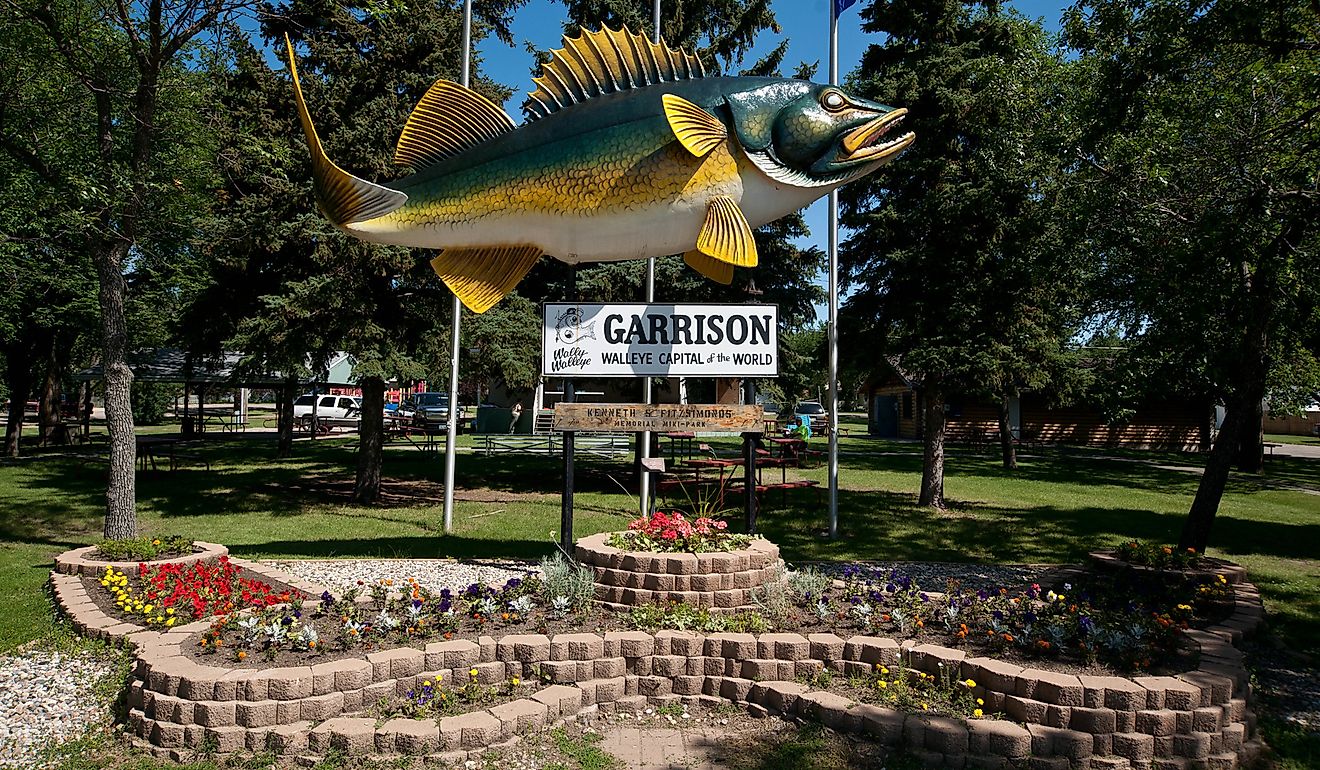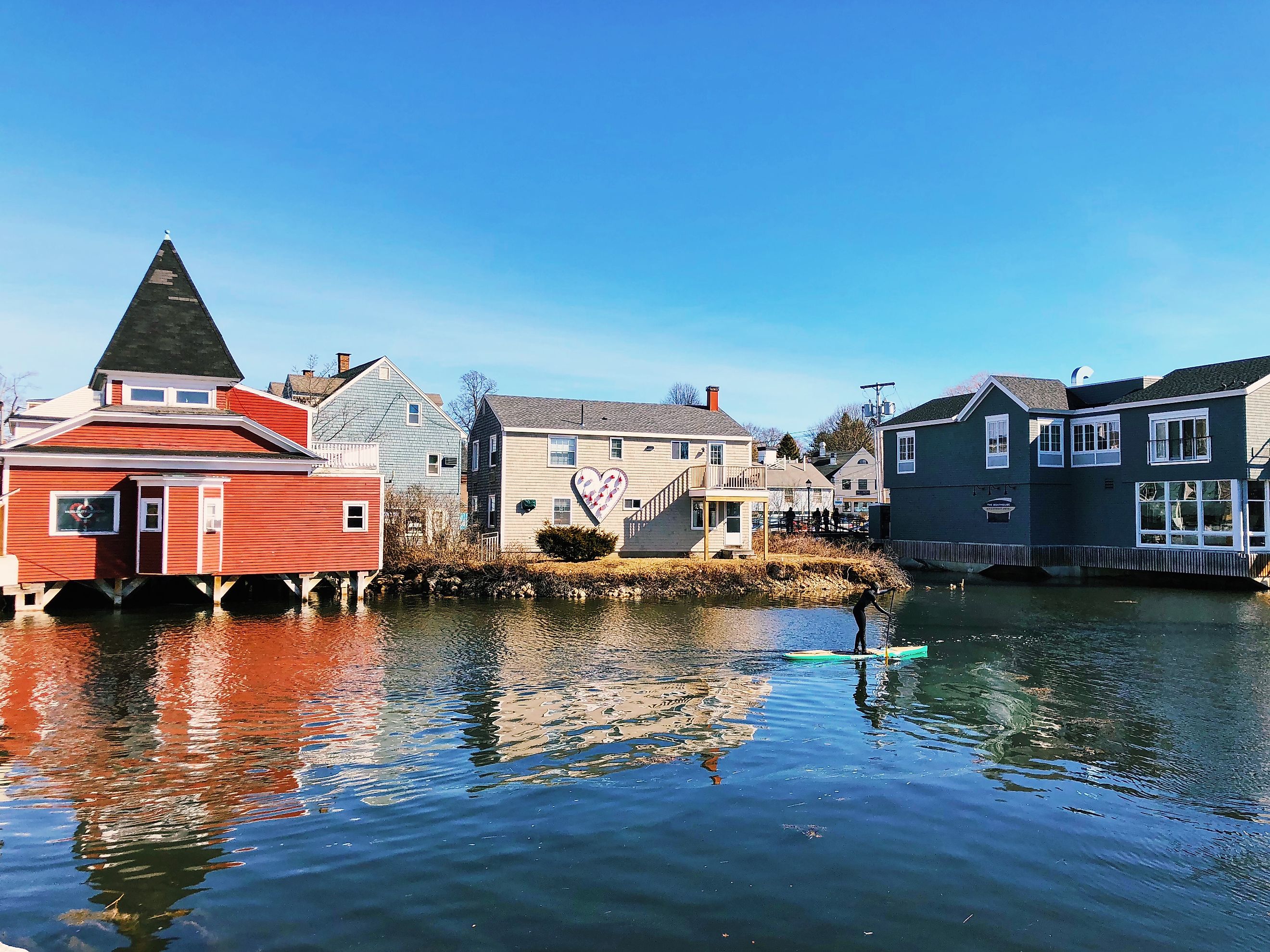
8 Bizarrely Named Towns In Maine
Maine is home to some of the most uniquely named towns in the country, each with a story behind its peculiar moniker. Some names originate from local legends, while others stem from historical events or personal tributes. These places offer a fascinating history and boast intriguing attractions ranging from natural landscapes to historic landmarks. Whether it is a town named after a hymn, a tribute to Irish roots, or a name borrowed from Indigenous languages, these Maine destinations are as captivating as their unusual names suggest.
Skowhegan
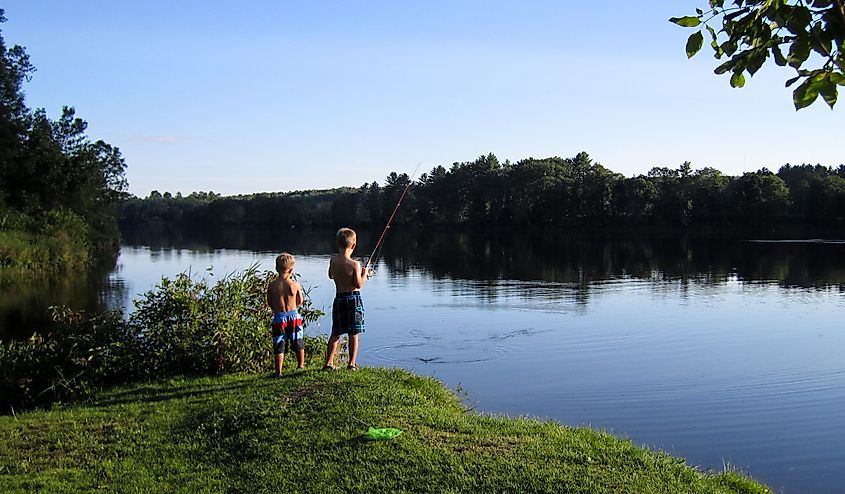
The town of Skowhegan, incorporated in 1823, takes its name from the Abenaki word meaning "watching place [for fish]," a nod to the area's history as a fishing location along the Kennebec River. Long before European settlement, the land was home to the indigenous Abenaki people, who relied on the river’s abundant salmon runs. Today, Skowhegan is known for its deep agricultural roots, historic mills, and connection to the Skowhegan School of Painting and Sculpture, an internationally recognized artist residency.
Visitors to Skowhegan can explore the Skowhegan History House Museum & Research Center, which provides insight into the town’s rich past, including its Native American heritage and industrial development. The Kennebec River Gorge offers scenic walking trails and opportunities for fishing and paddling. Additionally, the Skowhegan State Fair, one of the oldest agricultural fairs in the country, draws visitors each year with livestock shows, carnival rides, and traditional Maine foods.
Limerick
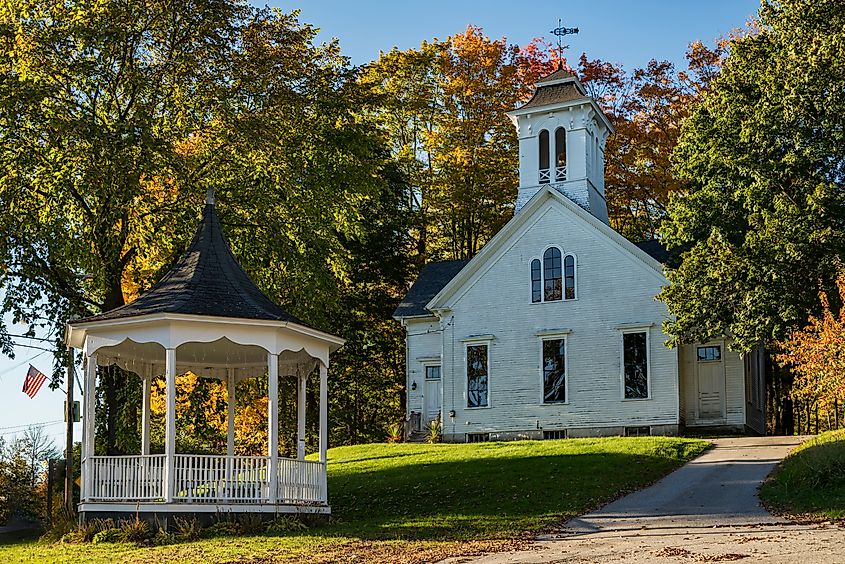
The town of Limerick, settled in 1775, was named by James Sullivan, who later became the governor of Massachusetts. Sullivan chose the name to honor his father’s birthplace in Limerick, Ireland. Many of the early settlers in the region were of Irish descent, and the name served as a tribute to their homeland. The town developed around agriculture, sawmills, and gristmills, playing a crucial role in the local economy during the 19th century.
Today, visitors can explore the Limerick Historical Society Museum, which houses artifacts and exhibits detailing the town’s past, including its Irish roots. Nature lovers can spend time at Sokokis Lake, a beautiful spot for boating, fishing, and kayaking. For a seasonal treat, Libby & Son U-Picks has the chance to pick fresh apples, blueberries, and peaches while enjoying views of the countryside.
Kennebunk
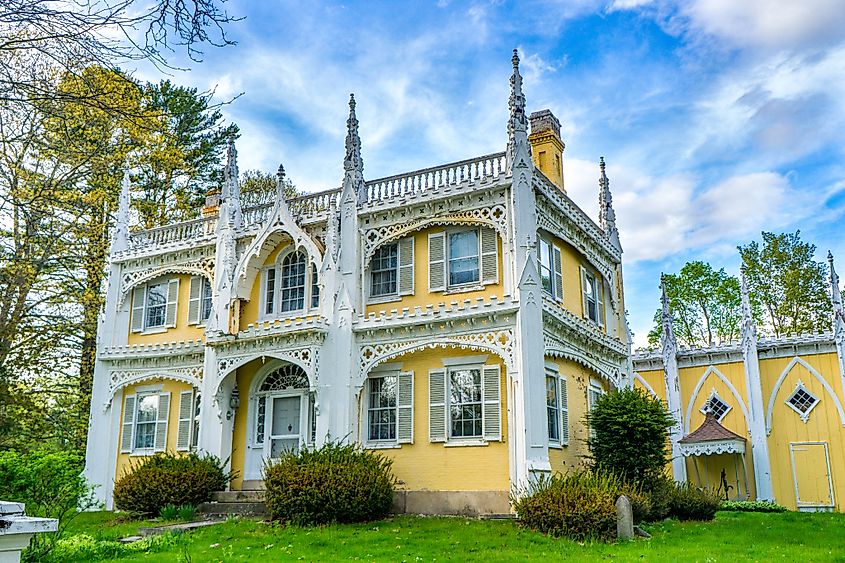
The name "Kennebunk" originates from the indigenous Abenaki language, meaning "the long cut bank," referring to the sandy banks of the Kennebunk River. The town was first settled in the 1600s and incorporated in 1820. During the 18th and 19th centuries, Kennebunk thrived as a shipbuilding hub, with its shipyards producing numerous schooners and clippers that sailed the world’s oceans.
One of the town’s most cherished attractions is the Brick Store Museum, which showcases local maritime history, artwork, and historic artifacts. Outdoor enthusiasts will appreciate the Rachel Carson National Wildlife Refuge, where walking trails wind through salt marshes and coastal forests. After the outdoors, architecture buffs should visit the Wedding Cake House, a Gothic-style home adorned with intricate white trim, often cited as Maine’s most photographed house.
Ogunquit
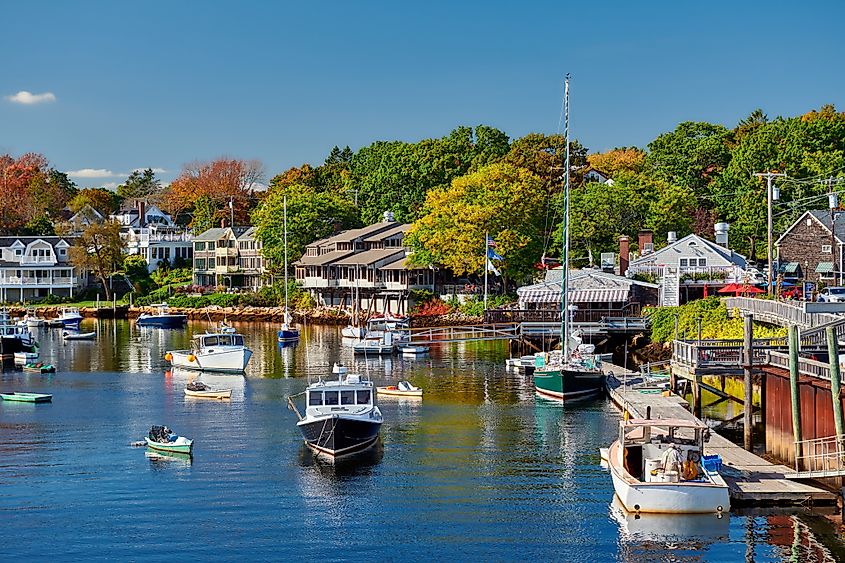
Similar to Kennebunk, Ogunquit takes its name from the Abenaki language, meaning "beautiful place by the sea." The area was originally inhabited by the Abenaki people before English settlers arrived in the 1600s. Over time, Ogunquit grew into a fishing village and later became a thriving arts colony in the late 19th century. Today, it remains one of Maine’s most beloved vacation destinations.
Visitors to Ogunquit can walk along the Marginal Way, a scenic coastal trail with views of the Atlantic Ocean. Those who want to stay indoors and experience artistic views should opt for the Ogunquit Museum of American Art. This vibrant landmark showcases a diverse collection of works, celebrating the town’s artistic heritage. Meanwhile, Perkins Cove, a quaint harbor with shops, restaurants, and a working drawbridge, is a perfect spot for dining and enjoying fresh Maine seafood.
Old Town
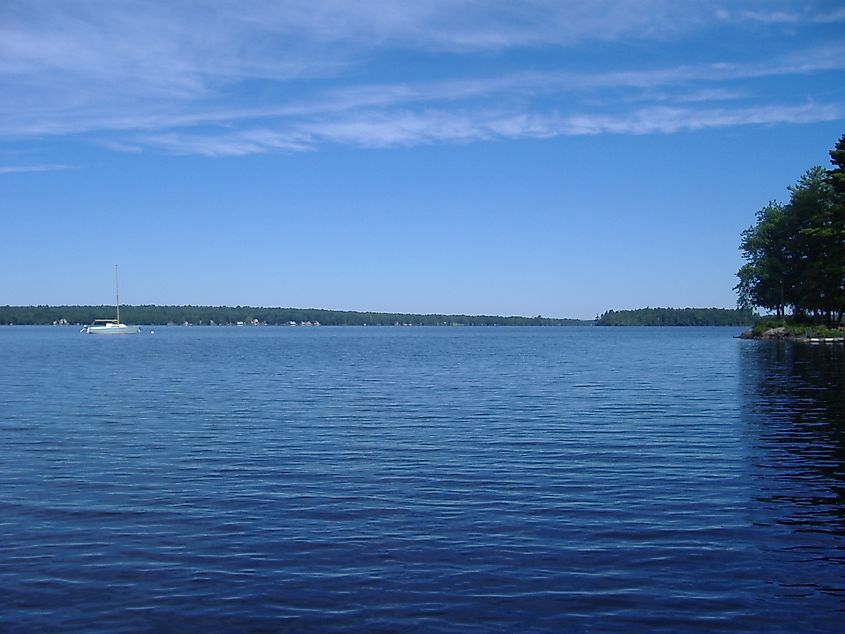
Old Town derives its name from "Indian Old Town," an early English designation for the largest Penobscot Indian village, now known as Indian Island. The town was officially incorporated in 1840 and became a significant hub for the logging industry due to its location along the Penobscot River. The river provided an essential transportation route for the vast timber resources of northern Maine, making Old Town a center of commerce and industry.
Visitors to Old Town can explore the Penobscot Nation Museum, which has exhibits on the history and culture of the Penobscot people. Similarly, the Old Town Museum, housed in a historic building, presents artifacts and stories highlighting the town’s past, including its history in logging and canoe making. For a different experience, the Hirundo Wildlife Refuge is a natural retreat with miles of hiking trails, birdwatching opportunities, and waterways perfect for kayaking.
Meddybemps
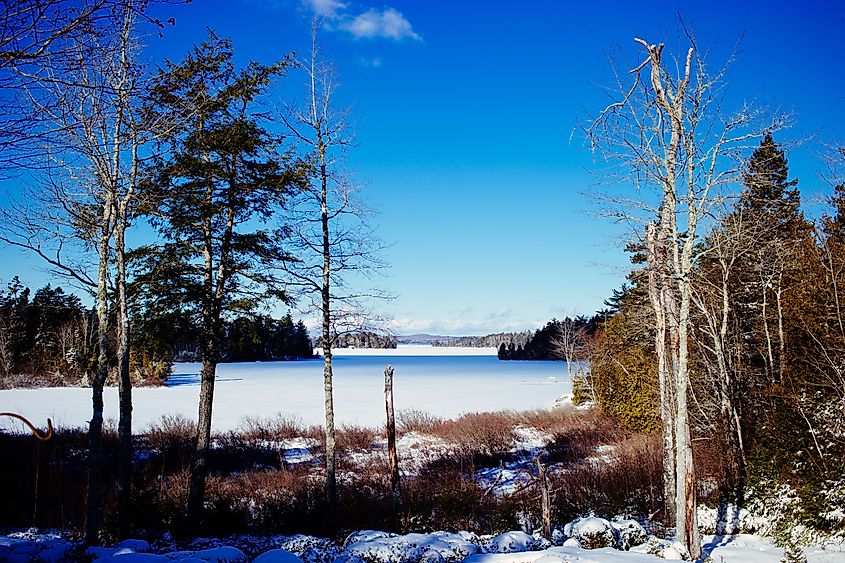
Meddybemps, a small town in Washington County, boasts one of the most amusing names in Maine. The name is believed to have originated from the Passamaquoddy language, though its exact meaning remains debated. Some locals claim it refers to "plenty of alewives," a reference to the fish that were once abundant in the area’s waters.
Visitors to Meddybemps can enjoy Meddybemps Lake, a haven for fishing, kayaking, and birdwatching. The lake’s shoreline is dotted with campsites and rustic cottages, making it a great escape for outdoor lovers. Nearby, the Moosehorn National Wildlife Refuge provides excellent hiking trails and opportunities to spot local wildlife like bald eagles, deer, and moose. For history buffs, a short drive to Calais offers insights into Maine’s border history with Canada, with 19th-century architecture and historic landmarks.
Sebago
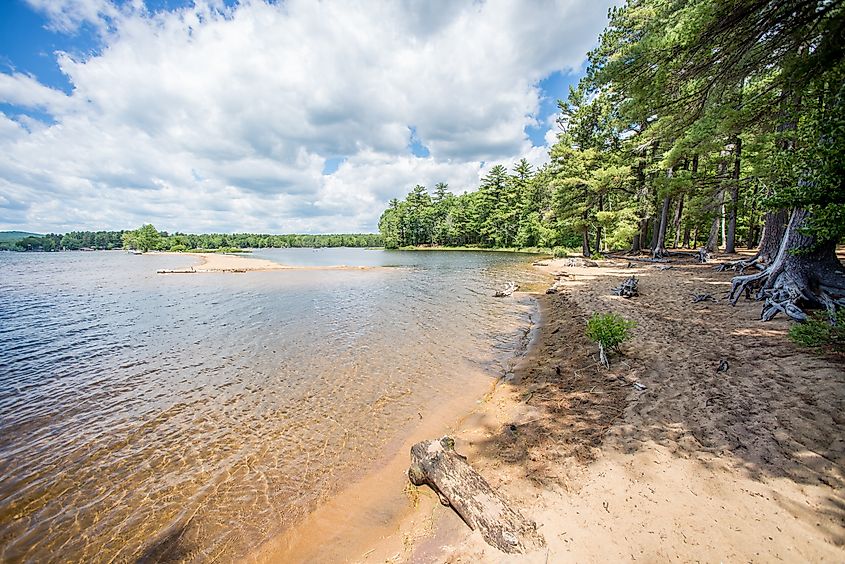
Sebago, incorporated in 1826, derives its name from Sebago Lake, the second-largest lake in Maine. The word "Sebago" comes from the Abenaki language and means "great stretch of water," a fitting name for a town whose identity revolves around this vast lake. Early settlers relied on the lake for fishing, transportation, and ice harvesting in the winter. Over time, Sebago became a favored destination for summer tourists seeking a retreat in the Maine wilderness, with the lake’s waters attracting swimmers, boaters, and anglers alike.
The crown jewel of the area is Sebago Lake State Park, which features hiking trails, beaches, and camping facilities. Another must-visit spot is the Douglas Mountain Preserve, where a short but rewarding hike leads to a historic stone tower with panoramic views of the surrounding countryside. Visitors can also enjoy a day on the water at Sebago Lake, which remains one of Maine’s premier destinations for water sports and relaxation.
Bald Head
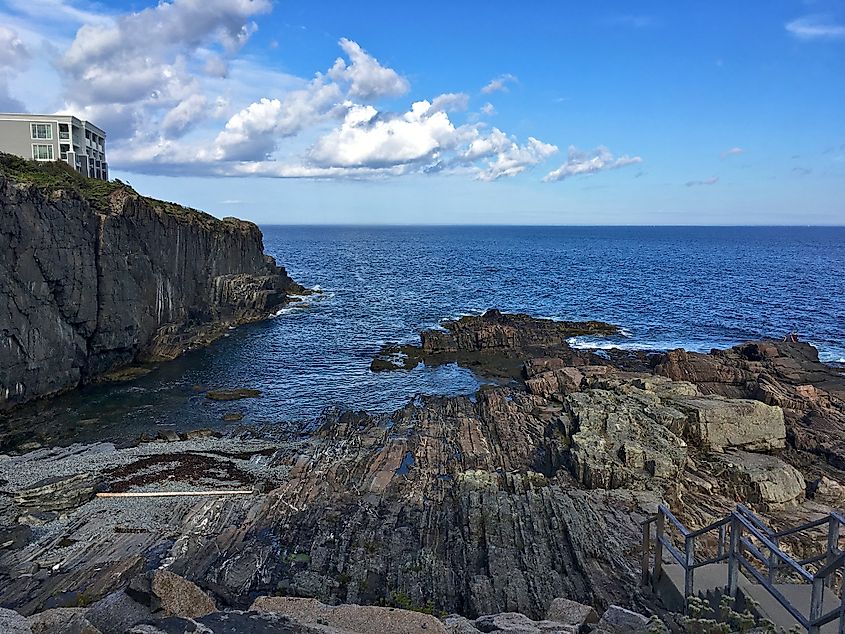
Bald Head, a village in the town of York, owes its name to a dramatic coastal rock formation that resembles a bald head. The unique name has made it a point of curiosity for travelers for generations. As one of the most scenic areas in southern Maine, Bald Head has long been a popular destination for those seeking ocean views and rugged coastal beauty. The cliffs and rocky shorelines have been shaped by centuries of wind and waves, creating a striking landscape.
Visitors to Bald Head can experience the majesty of the Maine coast at Bald Head Cliff, an overlook perfect for photography and sightseeing. Nearby, the Cape Neddick Lighthouse (Nubble Light) stands as one of the most photographed lighthouses in the country, with postcard-perfect views year-round. For those looking for a more luxurious experience, Cliff House Maine, a historic seaside resort, has world-class spa services, fine dining, and accommodations with ocean vistas.
In Summary
Maine’s uniquely named towns each tell a story, reflecting the history, geography, and cultural influences that have shaped the state. From Poland’s musical inspiration to Bald Head’s striking coastal formations, these places showcase the diversity and character of Maine’s landscapes and communities. Beyond their quirky names, these towns offer visitors a mix of historical landmarks, outdoor adventures, and local charm. Whether you’re a history buff, nature lover, or simply someone looking for an offbeat travel experience, these eight towns provide a fascinating glimpse into Maine’s rich heritage and natural beauty.
